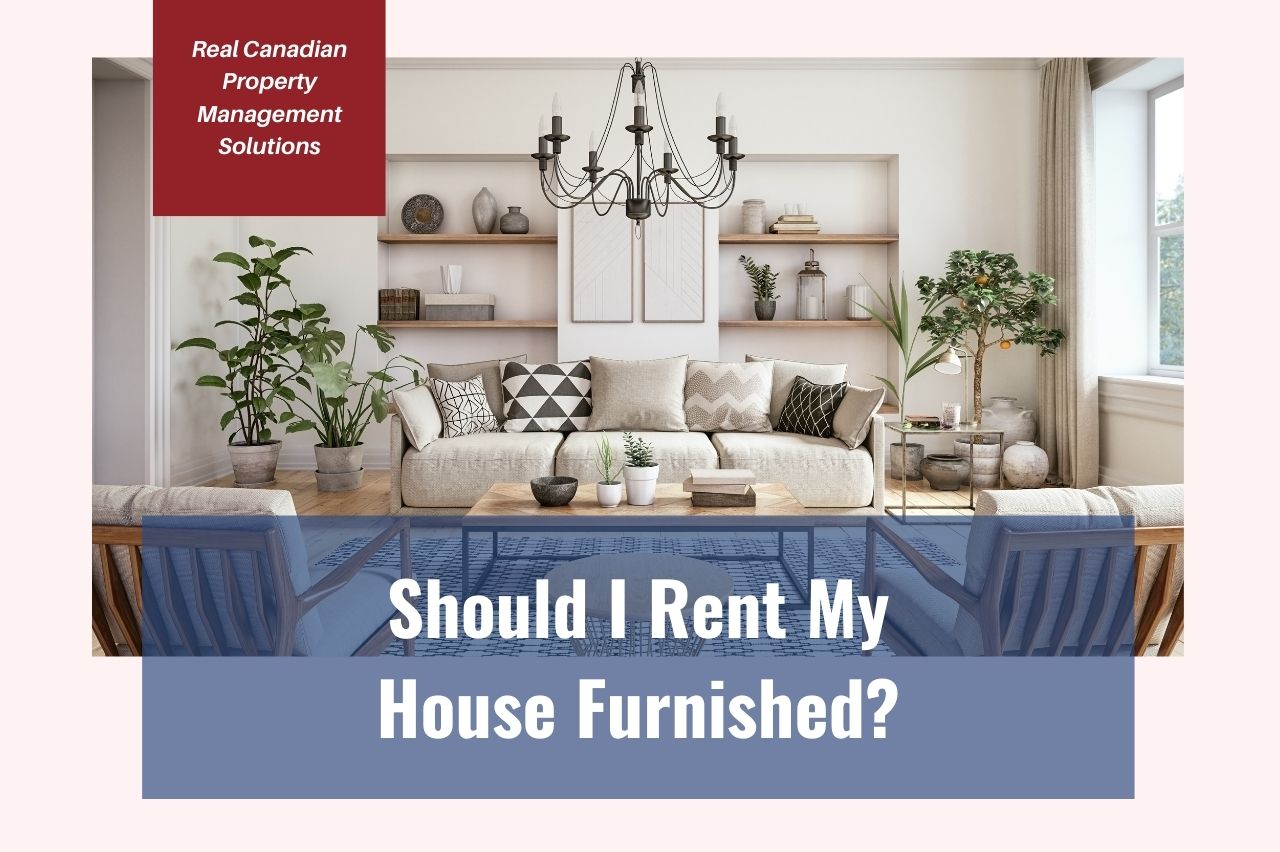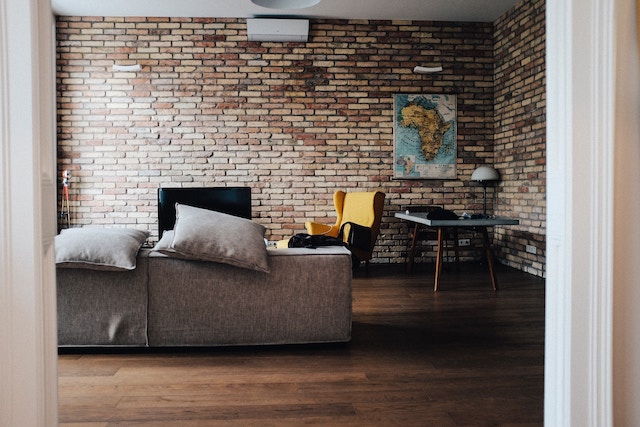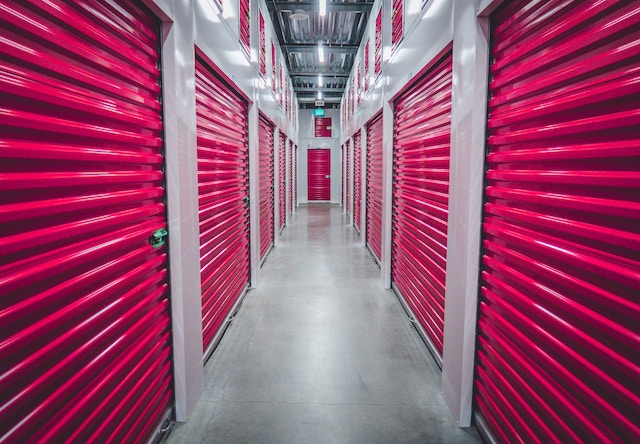
Landlords in Grand Prairie, Alberta must regularly decide whether or not to furnish their rental properties. Some tenants prefer a furnished unit while others prefer to shop for furnishings on their own. There is no hard and fast rule governing the provision of furnishings, and it is completely up to the owners.
However, it does help to assess your target market initially by asking yourself the following questions:
- Is your demographic families who intend to stay long-term?
- Is it young professionals?
- What type of rental unit do you own?
- Is it aimed for short-term or long-term stays?
These questions will guide you in deciding if you should or shouldn’t furnish your rental property.
Furnished units
There are advantages and disadvantages to furnishing your property with furniture and appliances.
Pros:
- Complete package
Tenants do not need to worry about additional spending as there are already appliances and furniture ready to be used. It is more comfortable than having to fill vacant spaces and plan additional purchases. Tenants can focus on paying for utilities and settling into their new environment instead.
- Higher rent
Since everything is provided, landlords can demand higher rent to allow for maintenance and wear and tear of furnishings. It is also a way for owners to recoup their expenses from buying the furnishings.

Maintenance, cleaning, and replacement are required when you have furnishings. This is the main reason owners can set their rental price at a higher rate compared to an unfurnished unit.
- Tax benefits
A landlord can list the furnishings under deductible expenses to lessen their tax payment. This can include the price of the replacement item and the costs of disposing the old item. This saves landlords money and acts as an incentive to furnish their property.
- Quick occupancy
Many prospective tenants prefer the convenience of having a fully furnished home and not having to spend money and time buying furniture themselves.
- When the lease ends, there is an option to keep furnishings
Once a tenant vacates your rental property, you have the option to move the furnishings to your own home, or you can let the next occupants continue to use them. If you have multiple properties, you can shuffle the furnishings around to suit the tastes or needs of the next renters.
Cons:
- Damage
At times, some tenants might be negligent of the furnishings since the expenses do not come from their own pockets. Moreover, furnishings that have seen several turnovers are used more frequently, resulting in continual damage. When furnishings get damaged, you will be spending more time and money replacing or repairing them.
- Storage of items
If a tenant decides not to use your furniture or appliances, you need storage to keep your furnishings (which may be an additional expense for you).

This is something to take into consideration when your property is furnished.
- Short-term rentals
Most furnished units are designed for short-term stays and quick turnovers. Vacation homes in particular are furnished and marketed to tourists. This puts constant pressure on landlords to keep marketing their property.
- Maintenance costs
Over time, furnishings need maintenance and cleaning, and this is another expense a landlord has to set a budget for. You also need to consider homeowners’ insurance in case furnishings are stolen or destroyed by a fire, hurricane, or other fortuitous events.
- Wear and tear costs
There is always a wear and tear cost associated with furnishings, especially when they have been used over a long period of time. A landlord must budget for replacements of old items affected by continued usage.
Unfurnished units
There are advantages and disadvantages to leaving your property largely unfurnished.
Pros:
- Longer stays, less tenant turnovers
If a tenant has invested time and money to furnish their rental unit, then staying will be a logical decision. Unless there are major changes, a tenant will opt to stay long-term because moving is more costly for them (as they will have to move furnishings and hire a moving truck).
Also, the furnishings purchased are selected to match the current space. Moving into another rental property may force them to leave some furnishings behind. This constitutes a hard decision for a tenant who has spent a considerable sum to curate the furnishings of the rented home.
- Tenants’ sense of home
When a tenant buys their own furnishings, they feel more at home living in your rented property.

After all, they chose their own furniture and it is in the style and taste they prefer.
- Insurance savings
You are not required to insure any furnishing if a tenant uses their own. You can direct your insurance savings to other investment projects.
- No wear and tear concerns
Issues about normal wear and tear can be avoided. Landlords can focus on renovation projects to add market value to their property instead of worrying about wear and tear costs.
- Less maintenance
You save time and money from monitoring the damage of your furnishings. You can focus on maintaining the exterior and interior of your property instead. Additionally, you do not have to continually document and inspect your furnishings. This will save a landlord from stress and possible conflict with a tenant, as there is no need to keep reminding the tenant of their responsibility to keep the furnishings in good condition.
Cons:
- Cheaper rent
Unfurnished units are priced cheaper; thus, landlords will make less revenue compared to a furnished unit.
- Uncertainty
When a tenant installs his or her own furnishing, a landlord will not have control over the size and material bought by the tenant. This lends uncertainty to the owner concerning whether the furnishing will cause damage to the property. For example, heavy vintage furniture might leave scuff marks on the floor.
Bottom line
Before you decide to furnish your rental property, take into account your target market/demographic.
Will it match their needs?
Families might have furnishings on-hand from frequently moving, whereas young professionals might prefer furnished units as they are starting out and do not have many furnishings. Always evaluate your situation to avoid unnecessary spending.
If you think a professional property management company can help guide you through this process, contact Real Canadian Property Management today!